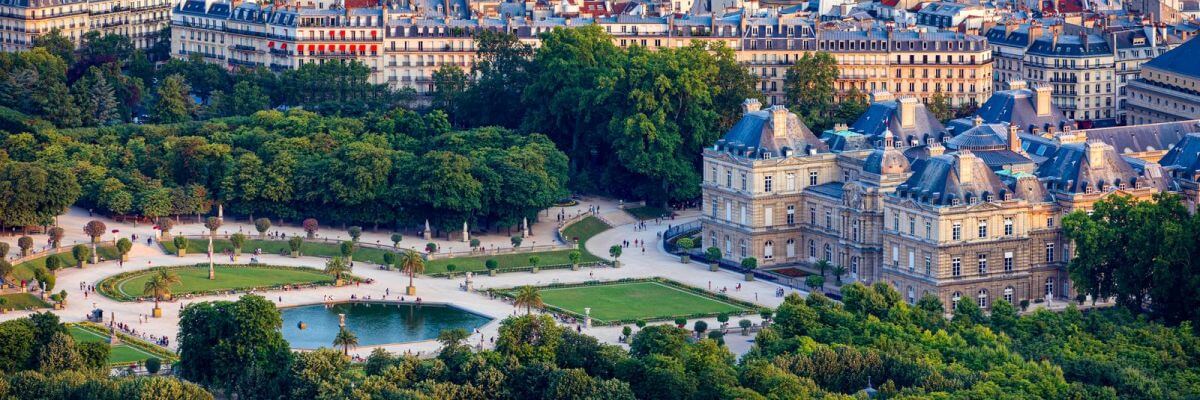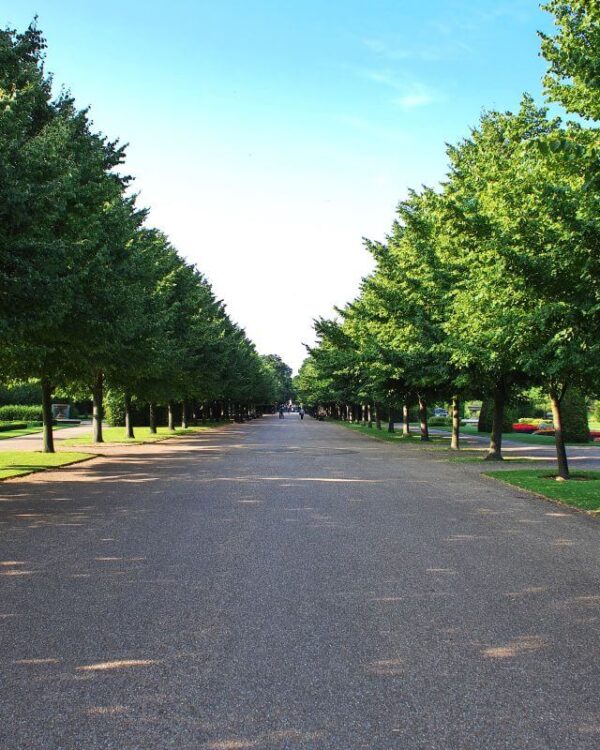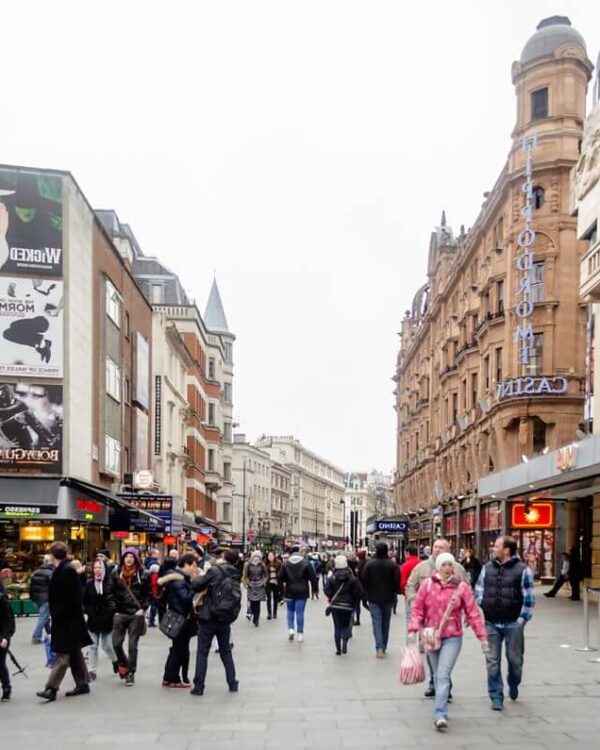About the Luxembourg Palace – History and Meaning
The Luxembourg Palace is one of the most iconic buildings in Paris. Located at 15 Rue de Vaugirard in the 6th arrondissement, the palace is surrounded by beautifully landscaped gardens and is a popular tourist destination.
The Palais de Luxembourg was built in 1612 for Marie de’ Medici, the widow of King Henry IV of France and mother of King Louis XIII. After her death, the palace became the property of the French Crown and has since been used as a royal residence, a legislative chamber, and a museum.
Today, the Luxembourg Palace is open to the public and houses an impressive collection of artworks. The picturesque Luxembourg Garden features a variety of sculptures and fountains, and the former orangery has been transformed into an art museum. Now, let’s explore it in more depth!
Inside the Palais du Luxembourg – The Seat of the French Senate
The Palais du Luxembourg is the seat of the French Senate, known as Sénat. The building has been used as a legislative chamber since the early 19th century. The Senate is made up of 348 senators, who are elected by part of the country’s local councillors. These senators represent the people of France and serve six-year terms.
The inside of the Luxembourg Palace is just as breathtaking as the exterior. The Salle des Séances, or Senate Chamber, is where the senators meet to discuss and vote on laws. Seven statues face its semicircle of seats, depicting:
- Turgot – an early advocate for economic liberalism;
- d’Aguesseau – “the most learned magistrate France ever possessed;”
- l’Hôpital – a chancellor who reformed the French legal system;
- Colbert – a First Minister of State who helped revive the French economy;
- Molé – a 17th-century attorney general of France;
- Malesherbes – a critic of royal abuses who contributed to the development of liberalism;
- Portalis – a jurist and politician in the time of the French Revolution.
The Salle des Conférences, or Conference Room, is where the senators hold their committee meetings. It’s also used for press conferences and other events. The Palais du Luxembourg also has a library, which is open to the public. It’s decorated with a series of paintings by 19th-century French artist, Eugène Delacroix – one highlight is Dante’s Inferno.
The Petite Luxembourg – The Residence of the Senate President
The Petite Luxembourg is the residence of the Senate President, who is elected by the senators. It’s located just next to the Palais du Luxembourg and has its own private garden. The president’s duties include chairing Senate sessions and representing the chamber in official functions.
One highlight of the interior is the Grand Salon, a beautiful chamber with intricate gilding, a marble fireplace, and a stunning chandelier. The Petite Luxembourg also has a number of smaller reception rooms, which are used for official functions and meetings.
The Musée du Luxembourg – A Curious Art Museum
The Palais du Luxembourg is also home to the Musée du Luxembourg. It used to have a permanent collection of paintings, but this was moved to the Louvre, Musée d’Orsay, and other sites in 1937. Now, the museum houses temporary exhibitions on a variety of topics, with a strong focus on female artists.
Le Jardin du Luxembourg – The Gardens
The Luxembourg Palace is surrounded by beautiful gardens, known as the Jardin du Luxembourg. The garden was created in 1612 for Marie de’ Medici, who loved to take walks and ride horses. Today, it’s a popular spot for locals and tourists alike, with plenty of green space to relax in.
The gardens are also home to the Puppets from the Luxembourg Gardens, a series of life-size Marionettes. The marionettes perform shows for children and adults, and are a popular attraction in the park.
Visiting the Luxembourg Palace – Location and Access
The Palais du Luxembourg is located just outside the Latin Quarter of Paris, on the left bank of the Seine. It has its own train station (RER B), and it’s also easily accessible by metro, with the closest station being Odéon (lines 4 and 10). The Palace is open every day.
To sum it up, the Luxembourg Palace is a beautiful monument in Paris. If you are ever in the area, be sure to check it out! The exterior of the building is just as breathtaking as the interior. Make sure to explore all that the palace has to offer, including the gardens and the art museum. And if you’re lucky enough to see a marionette show, don’t miss it!
Similar Posts:
- Jardin du Luxembourg, Known as Luxembourg Gardens in Paris
- Domaine National du Palais Royal: A Former Royal Residence in Paris
- La Conciergerie in Paris: Exploring the Former Courthouse and Prison Where Marie-Antoinette Was Sentenced
- All About Ile de la Cite: Exploring the Sights and Tourist Attractions of Île de la Cité de Paris
- Exploring Chateau de Vincennes near Paris: The Medieval Castle of Château de Vincennes and Its History
- Paris Neighborhood Guide: The 20 Paris Arrondissements and What Makes Each of Them Special
- Facts About Palais Garnier: a Famous Opera House in Paris
- The Petit Palais: Exploring the City of Paris’ Museum of Fine Arts (Musée des Beaux-Arts de la Ville de Paris)



